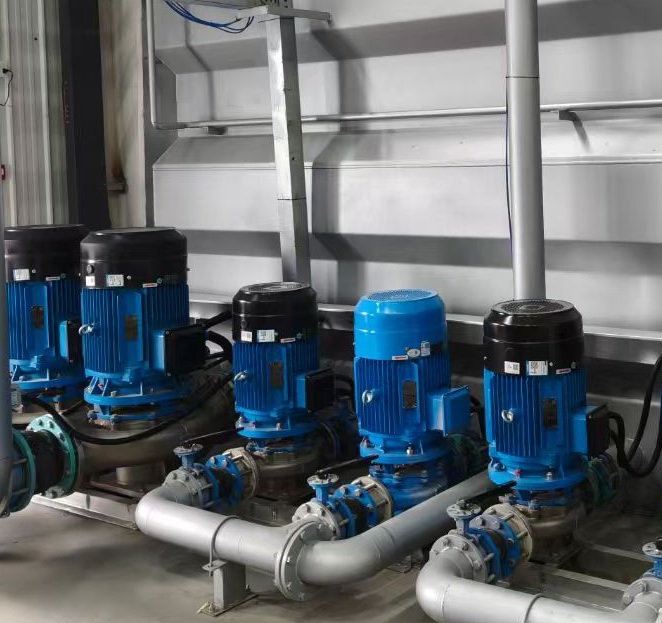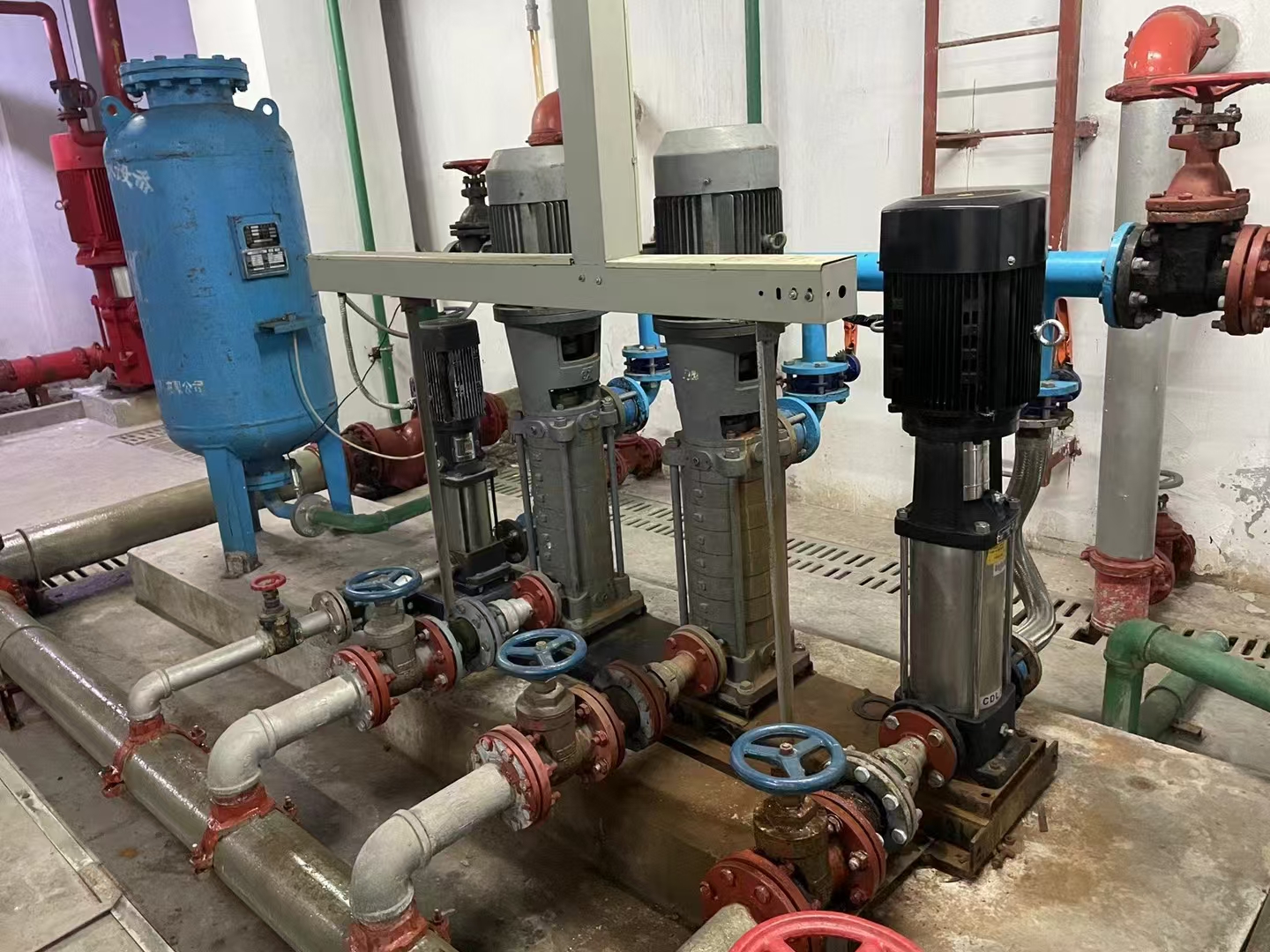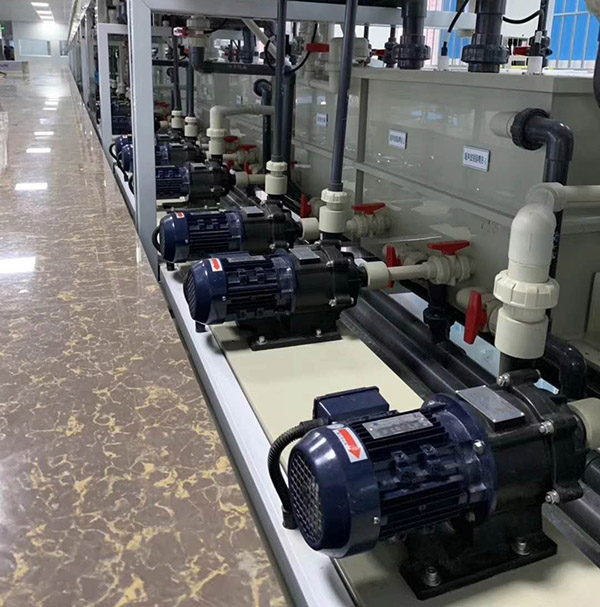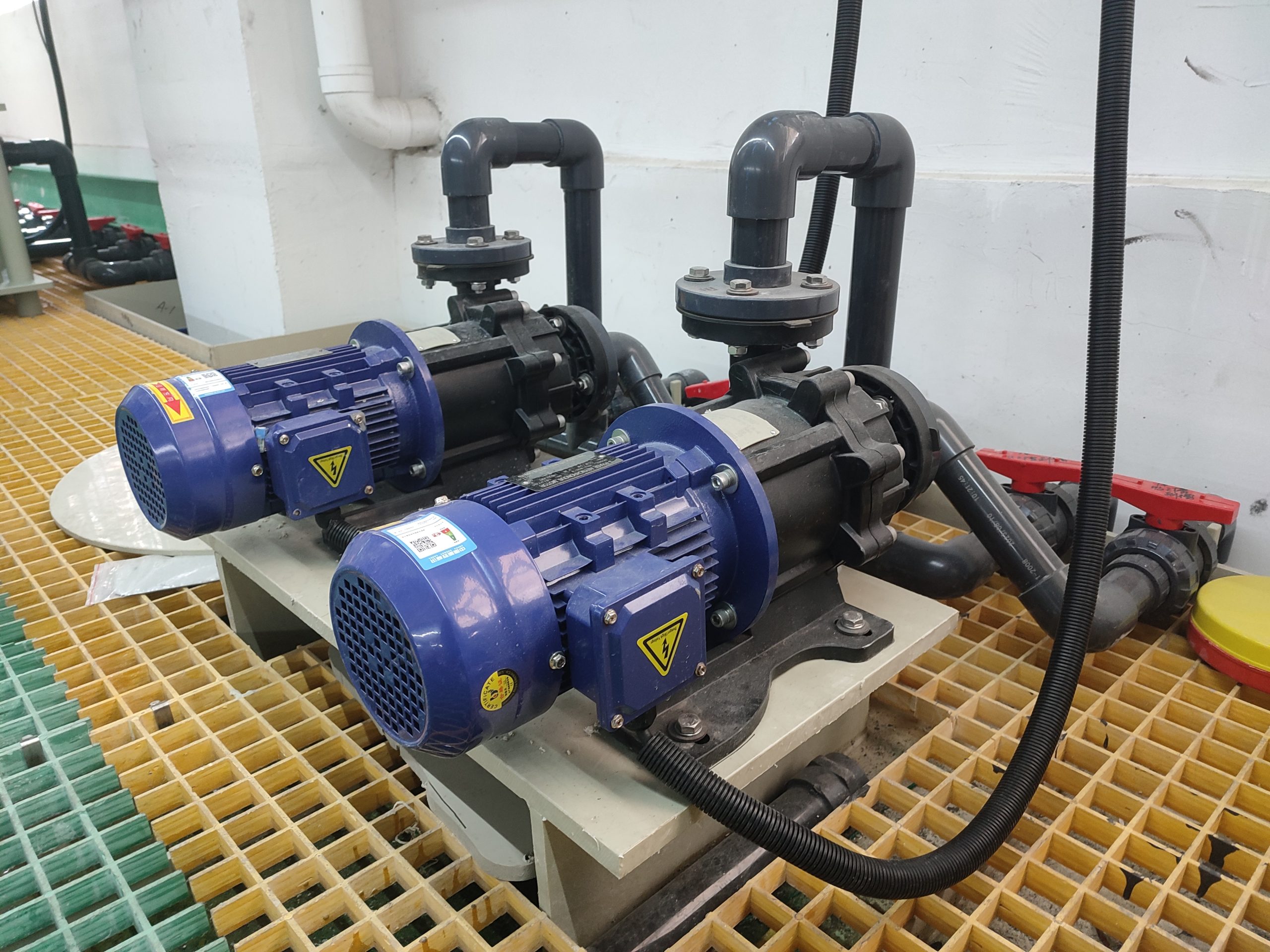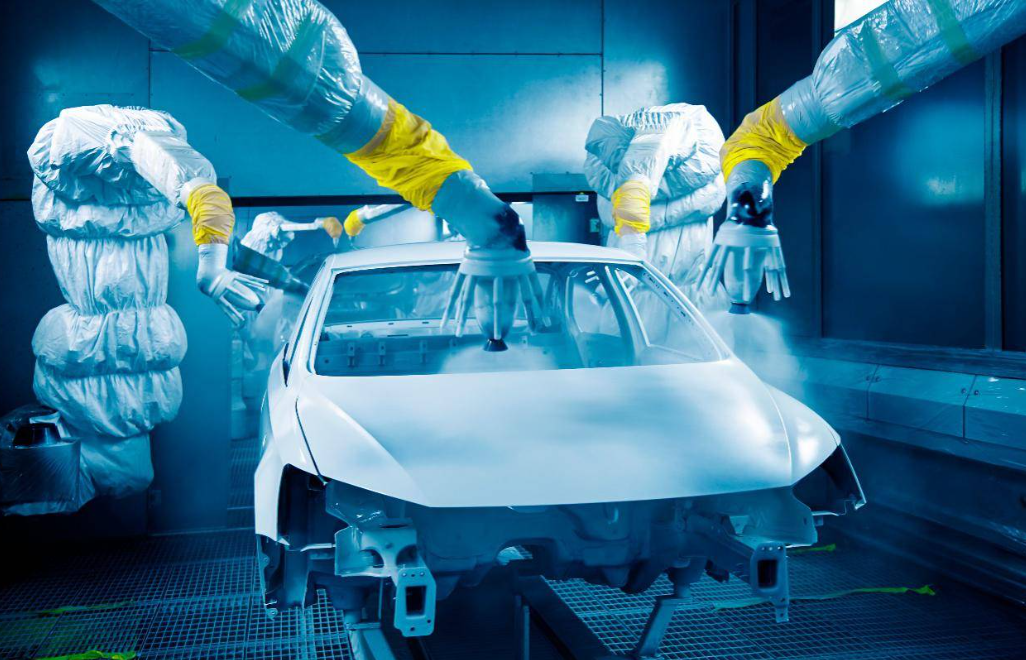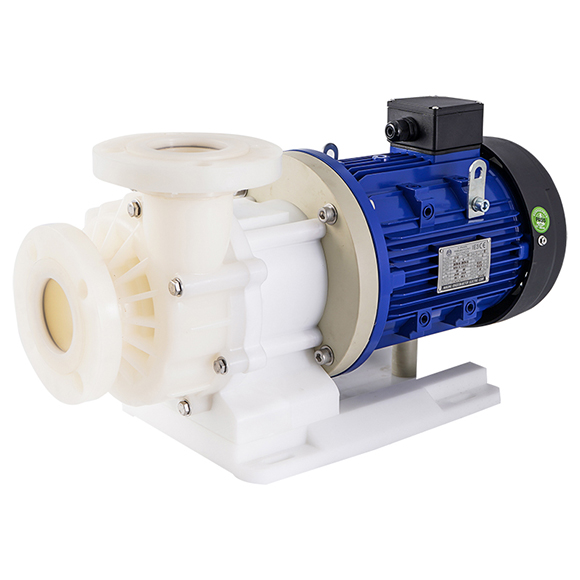Magnetic drive pumps are widely used in chemical, pharmaceutical, and environmental industries for their leak-free and maintenance-friendly design. However, one of the most common and troublesome failures is rotor seizure (rotor jam or rotor locking).
This guide explains in detail the symptoms, causes, repair steps, and preventive maintenance for a magnetic pump rotor that becomes stuck.
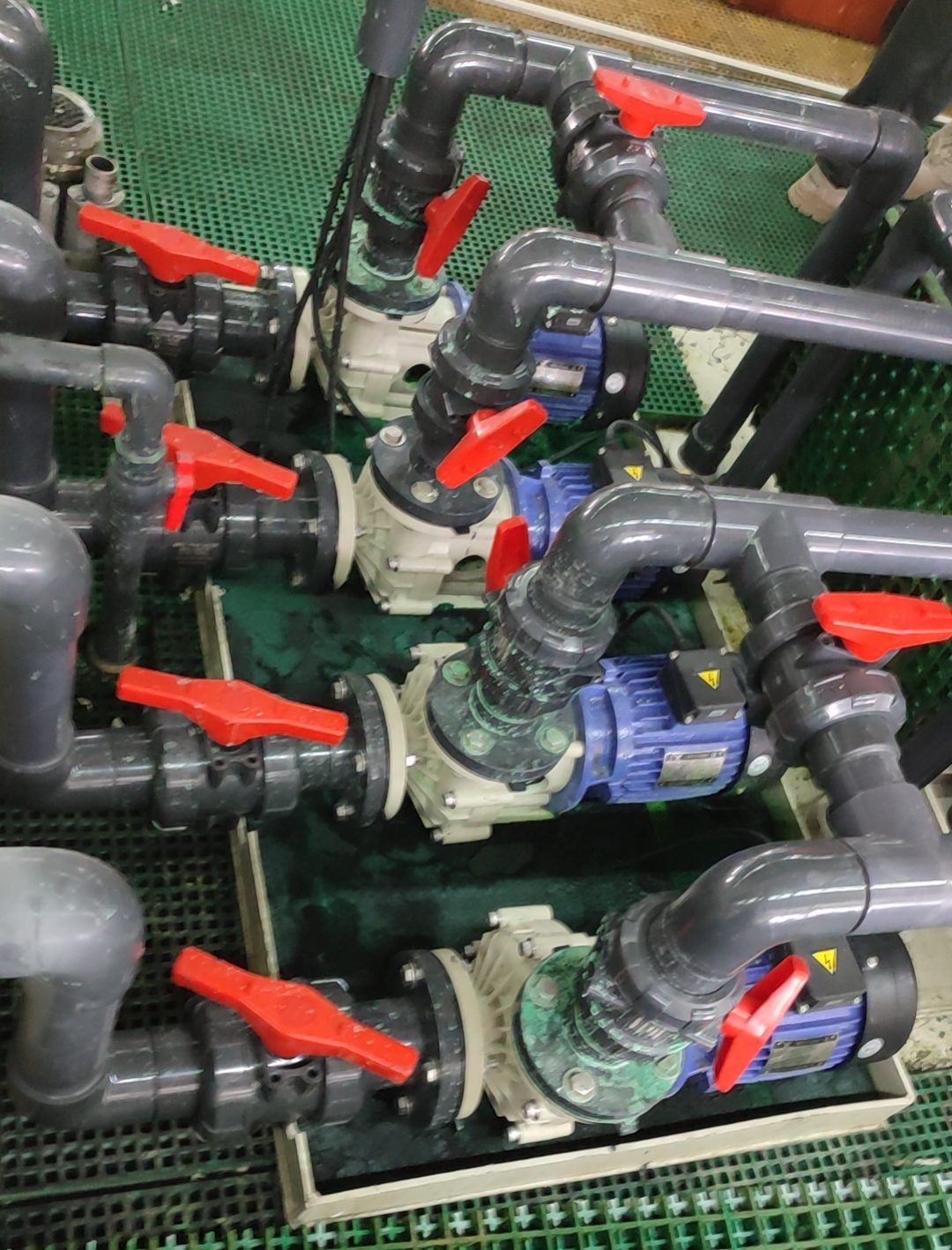
🧭 1. Fault Symptoms
When the rotor of a magnetic drive pump is jammed, you may observe:
The motor fails to start or draws an abnormally high current;
The inner and outer rotors cannot rotate or move only with great resistance;
The pump vibrates, produces noise, or suddenly stops during operation.
⚙️ 2. Common Causes of Rotor Seizure
1. Crystallization or Solid Impurities
This is the most frequent cause. Fluids that crystallize easily (such as sodium sulfate or sodium chloride) or contain solid particles can accumulate inside the isolation sleeve or bearing gap, causing the rotor to seize.
Repair solution:
Disassemble and thoroughly clean the rotor, isolation sleeve, and bearings;
Soak in warm water or suitable cleaning solvent to dissolve crystallized deposits;
Install a filter or strainer on the suction side to prevent solids from entering the pump.
2. Dry Running or Poor Cooling
Magnetic drive pumps rely on the pumped liquid to cool and lubricate the bearings.
If the pump runs dry (no liquid inside the chamber), overheating and bearing seizure will occur quickly.
Repair solution:
Check whether the suction pipeline is fully primed with liquid;
Inspect bearings and sleeves for burn marks or deformation and replace them if needed;
Check for friction marks or deformation on the isolation sleeve.
3. Magnet Demagnetization or Fracture
If the magnetic rotor is exposed to excessive heat, strong vibration, or impact, the permanent magnets may become demagnetized or cracked, leading to misalignment and rotor jamming.
Repair solution:
Inspect the inner magnet for cracks, discoloration, or loss of magnetic strength;
Replace the entire rotor assembly if demagnetized;
Ensure the operating temperature is within design limits (usually ≤120–180 °C, depending on model).
4. Bearing or Shaft Sleeve Wear
Ceramic or graphite bearings wear out over time.
Excessive wear or shaft misalignment can cause friction and eventual seizure.
Repair solution:
Replace worn bearings and shaft sleeves;
Check for concentric alignment during assembly;
Avoid hammering or force-fitting the rotor to prevent axial shift.
5. Corrosion or Magnetic Particle Accumulation
For stainless steel magnetic pumps, ferromagnetic particles in the fluid may be attracted by the magnetic field and adhere to the inner rotor, causing blockage.
Repair solution:
Clean the internal surfaces with a non-magnetic stainless brush;
Install a magnetic filter at the pump inlet;
If corrosion is severe, polish or replace damaged components.
🧰 3. Standard Repair Procedure
Shut down and isolate the pump
Disconnect power, close inlet/outlet valves, and drain the fluid.Disassemble the pump head
Carefully remove the outer magnet rotor, isolation sleeve, and inner rotor.Inspect critical components:
Bearings and sleeves for wear or burning;
Isolation sleeve for abrasion or cracks;
Rotor for foreign matter or demagnetization.
Clean and replace damaged parts:
Use water or solvent to remove deposits;
Replace worn bearings, sleeves, or magnets;
Lubricate using the same process fluid or compatible liquid.
Reassemble and test:
Ensure all parts are properly aligned;
Fill the pump with liquid and vent trapped air;
Run the pump under no load first, then under working pressure.
🧩 4. Preventive Maintenance Tips
To reduce the chance of rotor seizure:
✅ Never run the pump dry — always ensure the chamber is filled before startup;
✅ Clean the isolation sleeve and pump cavity regularly;
✅ Replace bearings and sleeves periodically (every 6–12 months);
✅ Flush the pump with clean water before shutdown if handling crystallizing fluids;
✅ Control operating temperature to prevent magnet demagnetization;
✅ Install inlet strainers or magnetic traps to capture solid or magnetic impurities.
✅ 5. Conclusion
Rotor seizure in a magnetic drive pump usually results from a combination of crystallized media, insufficient cooling, and bearing wear.
The key to repair is complete cleaning, accurate inspection, and correct reassembly to maintain concentric balance.
For systems that experience frequent jamming, consider using anti-crystallization materials or adding a circulation flushing system to ensure continuous, reliable operation.


